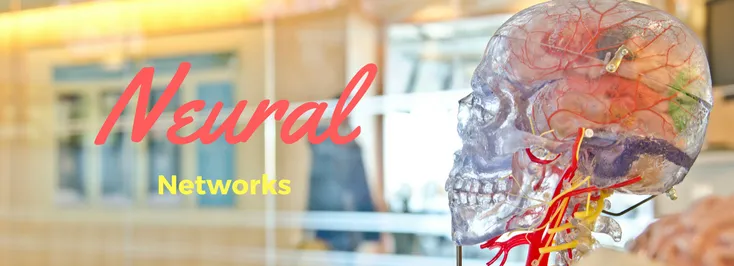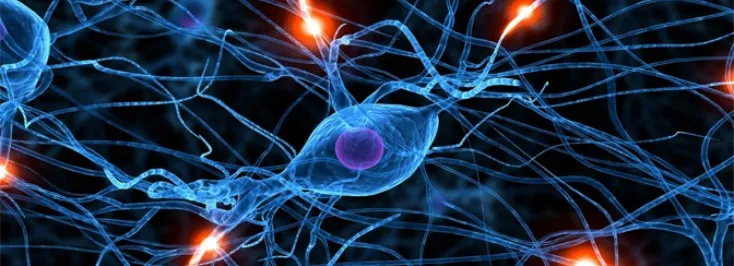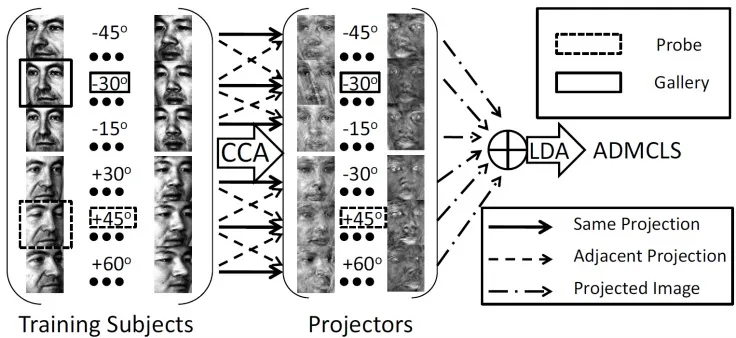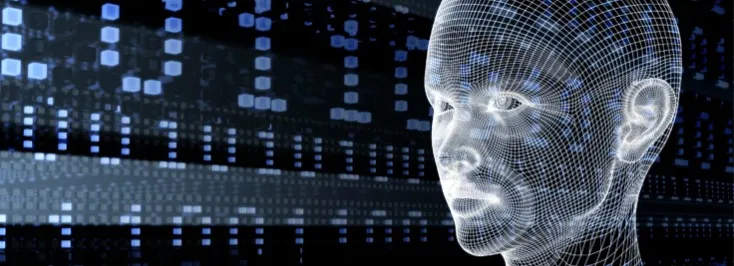
Amazing Things Neural Networks Can Do

From Google’s DeepDream that turns pictures
What Are Neural Networks and How Do They Work?
Simply put, neural networks are a form of quantitative analysis technology. Apps that use neural networks use artificial intelligence that analyses data by applying algorithms very similar to the ones used by our brain cells in the process of learning, for example, to identify different data patterns. The software then uses this new information to predict how data will behave in similar cases. Let’s look through a couple of them.
Why Are Neural Networks More Efficient Than Traditional Computing?

Neural networks are much more effective in solving complex tasks than traditional computing algorithms, which strictly follow the specific instructions given to the app by the programmer. Instead of using a predefined series of logic statements, neural networks use nodes and edges, which perform functions very similar to what our neurons and synapses do. The results of data processing then go through the system, which comes up with a number of outputs.
For instance, Yahoo uses neural networks to detect pornographic images on the internet. The network learnt to distinguish the two types and classify the images and other similarities with great accuracy. Yahoo has recently made the technology open-source, so you can try it out yourself.Google’s search engine trains search robots and improves SE proficiency, implementing this technology for recognition of artificially optimized websites. Analysis of millions of domains lets search spiders collect similarities and the neural network scan for artificial sites that share the same ‘footprint’ - an identical structure or components. Neural systems use the same self-learning technology to improve the comparison results, thereby ensuring only the very domains become Google’s TOP SERP for a user’s search request.
Besides detecting images, neural networks offer many benefits to businesses.
Here is a list of things they can learn to do:
- Predict business trends for stock exchanges and other financial organisations
- Identify lost bags in airports, train stations or other public areas
- Track cargo deliveries for the logistics industry
- Detect fraud or suspicious spending behavior for banks and other financial institutions
- Colour black and white images and add sound to silent films for cinema and photography
- Give recommendations for products, films and music to users of large networks like Apple Music, Netflix or eBay
- Generate handwriting and identify authors of texts
- Automatically create texts for rewriting and detect plagiarism
- Generate image captions for the web
- Identify the cultural background of someone based on accent and word usage
- Play games
How Can We Use Neural Technologies?

Neural networks are excellent at solving real-world problems because they integrate disparate pieces of information into complex concepts. For example, neural networks have great ability when it comes to image recognition, because they go far beyond understanding individual pixels; they recognise geometric shapes and even pictures with multiple objects. The range of opportunities offered by neural networks is proven by the fact that the leading tech companies have already integrated them into their services:
- Facebook and Cortana, Microsoft’s intelligent personal assistant, utilise neural technologies to recognise human faces. The surprising thing is that Cortana does so with 97% accuracy, which is better than any human being can manage.
- Google Photos also uses neural networks to sort your photos and find images based on any criteria you can imagine. You can search for photos with your friend, providing the network with a number of photos with that person, or just look for images of cars, plants, clothes and so on.
- Back in 2013, the first generation of Google's speech recognition service Google Now processed only ¼ of all queries correctly. Today, the neural networks used in the brand-new Google Assistant, Apple’s Siri and Microsoft’s Cortana have evolved enough to recognise speech with more than 95% accuracy.
- Skype has integrated a real-time translation service into its messenger, which has also been made possible thanks to neural networks. The company is now aiming to offer speech translation technology powered by neural networks to businesses as a standalone service.
- Self-driving cars, industrial robots and high-tech factory equipment all use neural networks to control the acceleration and steering of vehicles, configure their performance and analyse conditions.
Neural networks are the key to the future of artificial intelligence, which may come at any moment now, given their fast pace of evolution. We’ll soon hopefully find ourselves in the classic Hollywood scenario where human-like robots assist us in everyday life (as opposed to the one in which robots conquer the world). One thing to be sure of is that neural networks are already having a great effect on the world around us, implementing complicated analysis, working on detailed image recognition and creating multivariable forecasts.





